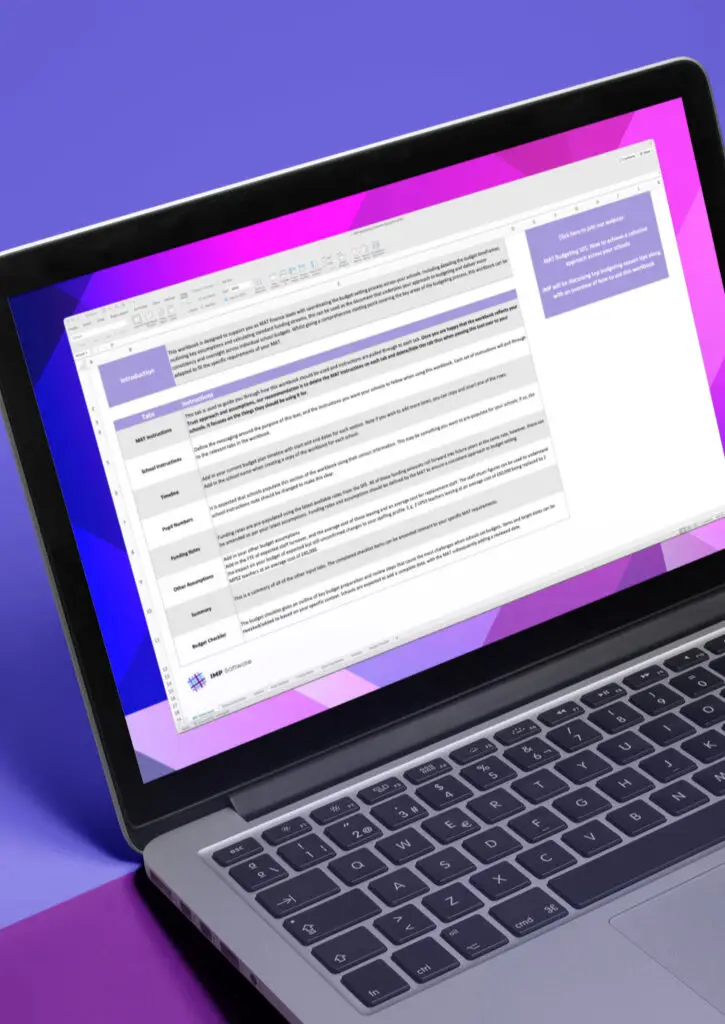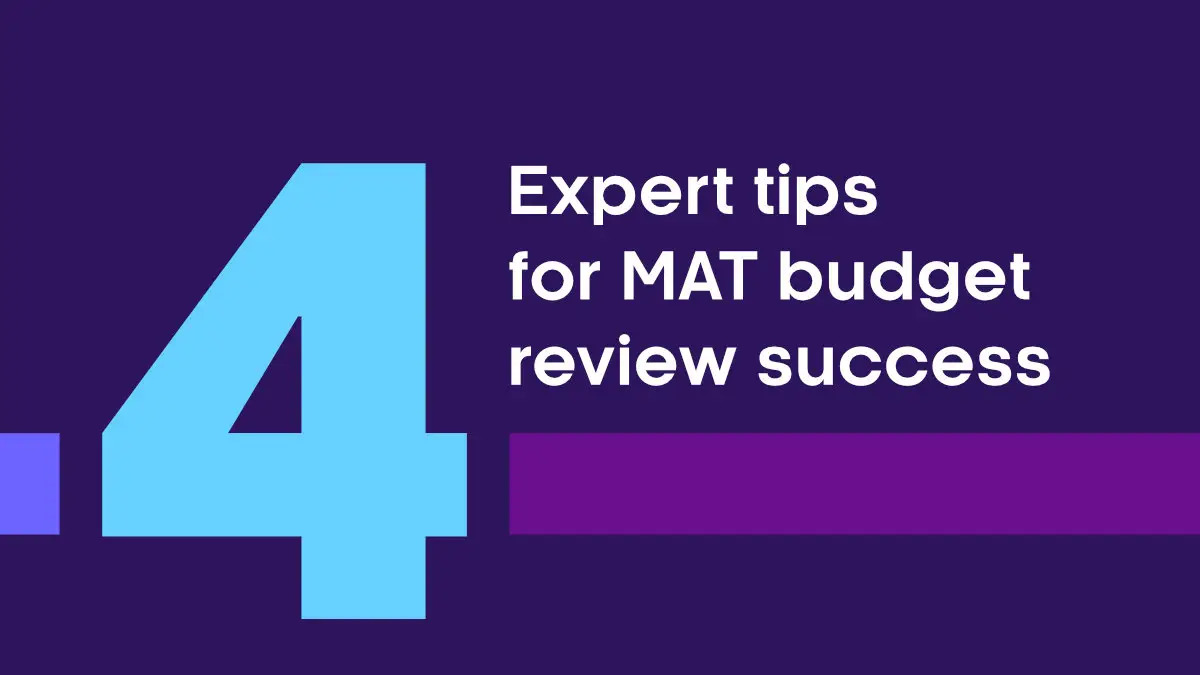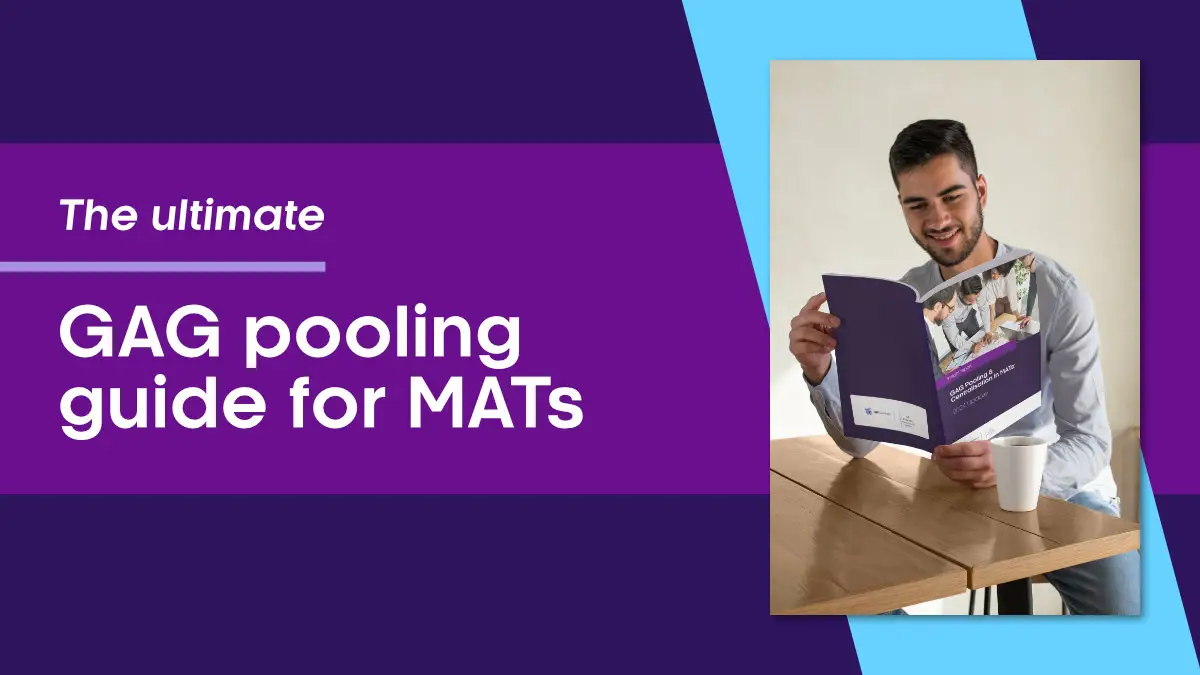Following on from our MAT budget preparation: 10 top tips from IMP blog, we now look at the budget review stage offering 4 top tips.
You might be doing all of these, some of these, or possibly none of these. That is fine and expected, but we wanted to provide a useful backdrop and some guiding points, at what is a particularly challenging time for CFOs and their teams.
Whilst these are also not the only things you need to do during the budgeting period, we know some areas are stickier than others, and generally, these areas tend to be more inconsistently dealt with based on all of our interactions with the trusts that move to IMP.
Want to ensure consistent assumptions across your schools? Download our interactive budgeting checklist here:
Top Tip #1
Compare your 2024-25 draft budget to the latest 2023-24 outturn forecast to identify differences that should be considered
Comparing your budget against your current year forecast will highlight any areas where income/spend has occurred this year but is not budgeted for in future years. This helps with identifying any missing income streams and any costs that may be missing from next year’s numbers.
IMP Planner provides a forecast comparison report, which compares your latest outturn estimate for this year against what you are currently budgeting for next year. Most systems will compare the budget that you are working on against the budget that you prepared last year. However, the problem with this is that if something has cropped up ‘in year’, this could therefore be missed from next year’s budget. This cannot happen within IMP Planner.
Top Tip #2
Understand your year-on-year staffing FTE changes and ensure increases/decreases are in line with ICFP requirements
Reviewing your FTE staff numbers by different staff roles on a multi-year basis helps to spot any unexpected increases or decreases as a result of your latest staff budgets. Highlighting this allows you to ask questions such as ‘Have we captured all of our vacancies in the budget?’ or ‘Have we forgotten to mark somebody as a leaver?’ This can also be correlated to your curriculum plans e.g. ‘We are merging two classes next year, so why has our teaching FTE not decreased, or vice versa?’
IMP ICFP provides a multi-year view of the staffing levels within the budget plan. If you have increasing or decreasing curriculum requirements, IMP will plot this against the growing/shrinking staffing plan, to highlight the difference that may exist. Comparing staffing levels to previous years has its place, but comparing staffing levels to expected activity levels in the future is a more rounded view and will ensure optimal decision-making, not just doing what we have always done.
Top Tip #3
Review SRM KPIs against national and trust/school-specific benchmarking data
Analysing your key school resource management KPIs against national benchmarking data or your trust’s aspirational targets enables a view of how you are performing in key areas compared to schools with similar characteristics. Although this will not make the decisions for you, it highlights areas of potential inefficiency or scarcity that can be contextualised or explored for opportunities to do things differently. Recognising that trusts delegate budgets differently, compared to similar schools within your trust is a nice way to learn how those schools are doing things to see if you could approach activities differently.
IMP Planner will group your schools with other similar schools within your trust, which in turn enables you to benchmark internally to see where the high and low metrics exist within your trust. The great thing about internal benchmarking is your schools can ask other schools how they are achieving x or y. With external benchmarking, you can raise lots of questions but it is very difficult to get answers due to the anonymity of the data and your inability to understand how those metrics are formed. IMP will also enable you to set your own trust benchmarks. These could be informed by national data but will accommodate trust priorities and take note of trust activities that could distort the school picture. All trusts operate differently and draw the line in a different place as to what is a ‘trust thing’ or a ‘school thing’, but this line will be consistent within your trust and can ensure benchmarking is on a consistent footing.
Top Tip #4
Analyse per pupil spend on all expenditure lines, and pupil-adult ratios for all roles, with other trust schools
Per pupil metrics can prove to be some of the best comparisons used when comparing one school to others in the trust. Looking at any anomalies against average per-pupil spend amounts highlights areas of discussion and potentially presents an opportunity to resource those areas differently. Meanwhile, staff comparisons tend to focus on pupil-facing staff and, whilst this is still important, it is a valuable exercise to understand your pupil-adult ratios across your support functions. This can be compared to other trust schools to ensure you have the optimal number of staff across admin, catering, premises etc.
IMP Planner automatically calculates per pupil spend metrics for all schools and expenditure lines, and per pupil/adult metrics for all schools and staff roles, across the trust. Through IMP Planner you can also calculate the average spend per pupil and pupil-adult ratio in your schools and highlight those schools that are high or low compared to their statistical neighbours.
How are trusts using IMP Planner and IMP ICFP to support their budgeting?
Want exclusive access to our interactive excel budgeting checklist to communicate assumptions across your schools? Download it below:

Want exclusive access to our interactive excel budgeting checklist to communicate assumptions across your schools?
This blog is part of our 2024 budgeting season help series, where we’re helping MAT CFOs navigate the budgeting season and ensure Smarter MAT Finance.



